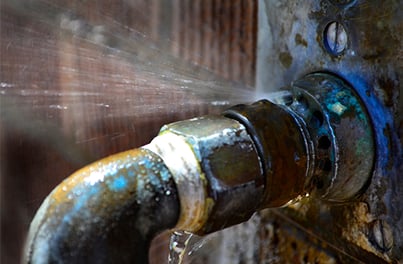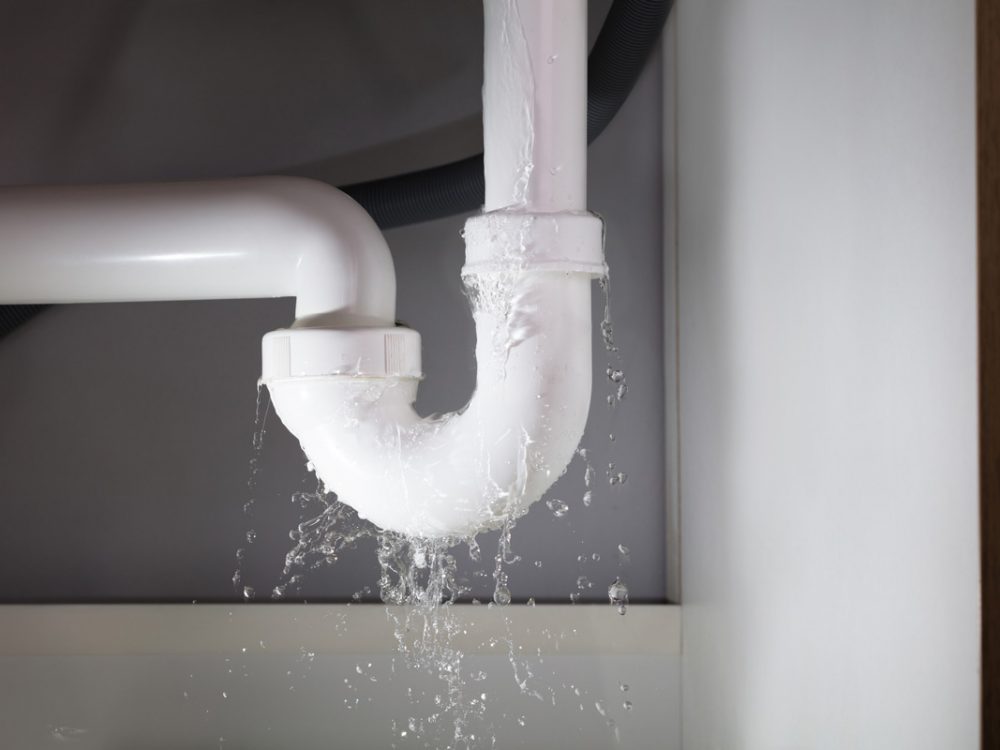Managing a Pipe Burst Situation
Managing a Pipe Burst Situation
Blog Article
How do you actually feel in relation to 6 Basic Steps to Stop a Burst Pipe from Getting Out of Control?

The immediate action when a pipeline bursts in your residential property is to go in full panic mode. Don't worry; you are not the only one as a lot of property owners feel this way, as well. Besides, this concern can cause significant house damages.
Though it might be hard to do, continue to be calm and also gathered. Making rash choices can make the circumstance worse. To assist you out, here are 6 instant actions you should take when facing ruptured pipelines. Remember, expertise is power so reading up on this prior to it occurs will allow you to remain in control also amidst a large emergency water leak:
Conduct a Quick Visual Inspection
Though your instinct is to shut down the shutoff right now, time out for a while and also conduct a quick visual inspection of the website. Attempt and also spot where the water is dripping from. Doing so will certainly enable you to advise the plumber on what area to consider. This less-than-a-minute perusal will certainly conserve you time and help your plumber swiftly identify the root cause.
Close the Key Water Valve
After a quick check, you can now shut down the primary water system. Keeping water running will result in huge damage. The last point you need is significant flooding warps wooden floorings or ruins home appliances as well as furniture. You additionally want to prevent mold and mildew growth. Switch off the shutoff as well as call the plumber for an emergency assessment.
Drain pipes the Pipe
As you await the plumber to show up, drain pipes the water flowing in the pipelines. Simply run your faucet and purge the toilet to ensure that whatever water is remaining will entirely drain. When you do this, the leak will stop going where it's not expected to be to begin with. With that said, the plumber can also function quicker. Just do not fail to remember to turn off the faucet after the pipelines are drained.
Attempt a DIY Pipeline Repair Work
If you've got handyman skills, do a small fixing like sealing a small crack. You can purchase piping sealer to make quick fixes. Be cautious with the application, so you don't get worse any kind of troubles. If you require to tighten a couple of nuts as well as screws, withstand the urge to over-tighten as this can lead to leaks down the line.
Get Rid of Any Standing Water
Do not let any type of standing water sit for too. It will lead to even more damages if water seeps into your floorings or rug. You also do not desire it to move into important products like electronic devices. Tidy up the water as well as completely dry the area off instantly. If you have electrical fans, keep them running to circulate the air and also advertise faster drying.
Call a Reputable Plumber
If you really feel unclear about your skills to repair a little fracture or tiny leak, it is best to call a specialist plumber. When it pertains to repair services, they have the expertise, skills, devices, and experience to obtain points done fast. Tinkering with pipelines is not a joke as it can lead to more problems if done inaccurately. Locating a respectable plumbing service guarantees your water leakage is repaired efficiently and properly.
A Frozen Pipe Has Burst, What Are The Next Steps?
How to Tell if Pipes are Frozen
It’s important to catch frozen pipes early to prevent damages. Typically, you will be able to boost your thermostat or talk a professional plumber before any damage occurs. However, here are a few signs that will help you identify if your pipe is frozen.
No Water – An obvious sign that you have frozen pipes is if there’s a complete lack of water coming from your faucets or fixtures. Frost – If you can gain access to view your pipes, check to see if there is visible frost on them. Take note of which parts of the pipe has frost. Smell – If your pipes freezes, it will block food and waste down your drain, causing a backup and your room to begin to have a bad smell. How to Tell if a Frozen Pipe has Burst
Inspect the Inside of the Building. Go through each area of the building and look for actively dripping water and signs of water damage. Examine any exposed pipes and check them for frost or condensation. Especially keep an eye on rooms such as bathrooms, kitchens, laundry rooms, and unheated areas of the building. Turn on the faucets and flush your toilets. Ensure they are working and the water has no discoloration or smell to it. If there is only a slow trickle of water coming out, or no water at all, this might mean a frozen pipe has burst. Check your water meter. If all fixtures in the building are off and it still shows movement, this could be a sign of a burst. Check the exterior of the building. Look for water building up anywhere out of the ordinary, or sinkholes in your yard. Remove Water Right Away
It is important to clean up water right away to prevent mildew and mold buildup. You will need towels, buckets, mops, and a wet/dry vacuum. Do not wait for the plumber to remove the water for you, the longer you wait the more likely it is that you’ll get mold or severe water damage.
Avoid Extreme Temperatures
First off, make sure the temperature in your home is no lower than 55*F. If you are going to be gone for a long time, turn off your water with the shut off valve to prevent freezing and bursting.
Don’t Leave Still Water in Pipes
When the weather gets too cold, you should let water drip from your faucet. While the dripping might be irritating, this will help prevent water from freezing. You can detect a frozen pipe if the faucet stops working, or the toilet doesn’t refill.
Taking Precautions with Frozen Pipe Damage
A burst pipe is one of the most common issues people face at home. There can be a number of reasons why pipes burst in harsh climate conditions such as extremely cold temperatures. Low to freezing temperatures can freeze the pipes, causing there to be frozen pipe damage and leading them to burst. Regardless of the type of pipes – whether they be metal or plastic, they can still expand or burst and cause water damage to your home. A burst pipe also requires a significant amount of costs in repairs. This is why it’s important to take all the safety measures to prevent pipes from bursting.
Below are some frequently asked questions and helpful steps to take to safely solve any problems you may be experiencing with your pipes at home.
What to Do When a Pipe Bursts:
Turn off the main water supply Contact a professional Quickly remove and clean excess water to avoid further water damage. Take pressure off pipes by draining the faucets Circulate warm air in your home to slowly thaw pipes Use a repair sleeve to temporarily cover the damaged area of the pipe https://jenkinsrestorations.com/frozen-pipe-has-burst-whats-next/

As a fervent reader on What to Do When a Pipe Bursts, I thought sharing that portion was a good idea. Do you know anybody else who is serious about What to Do When a Pipe Bursts in Your Home? Why not promote it. I value reading our article about 6 Basic Steps to Stop a Burst Pipe from Getting Out of Control.
Act now! Report this page